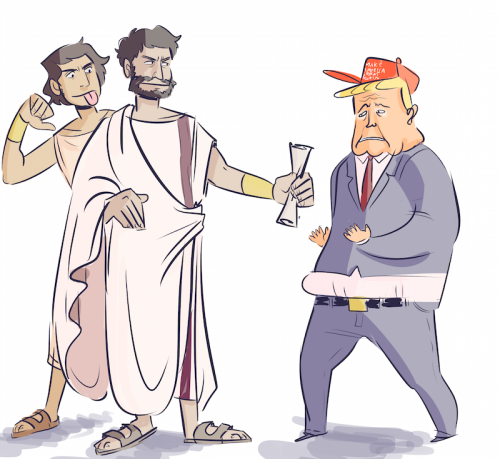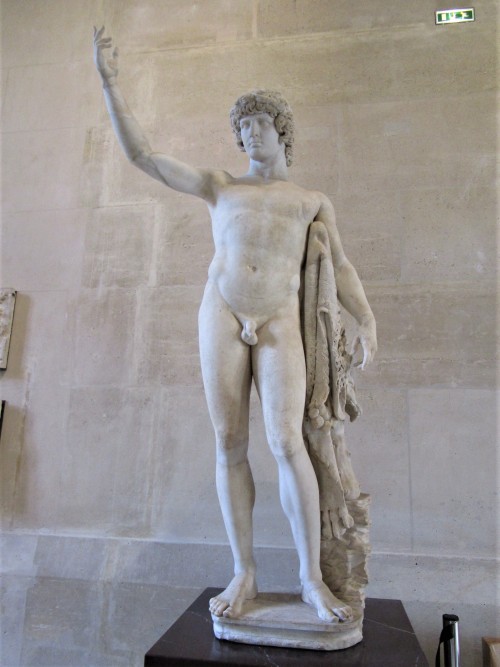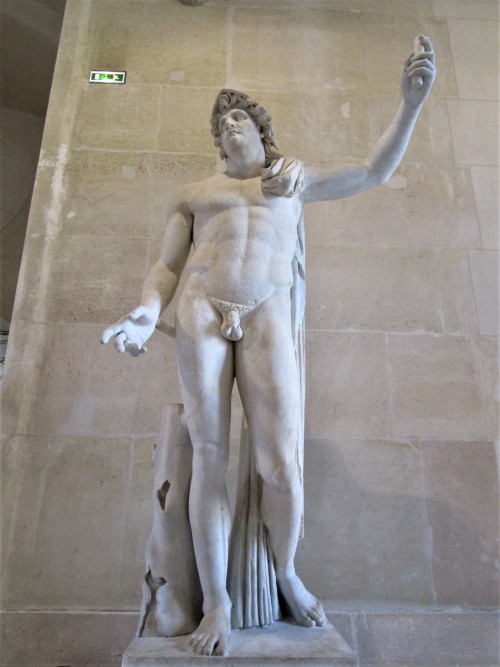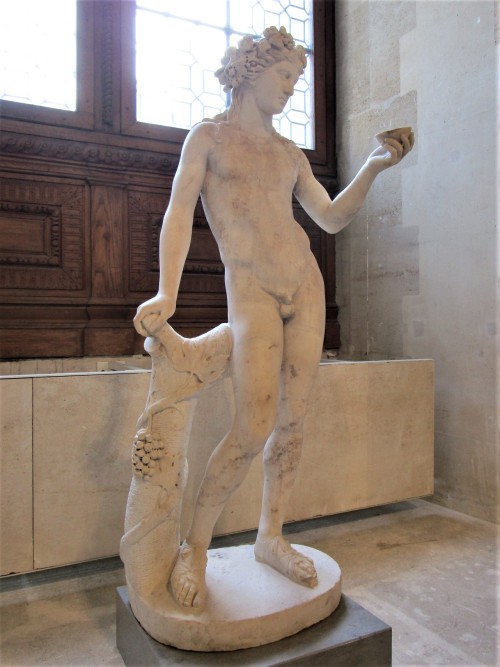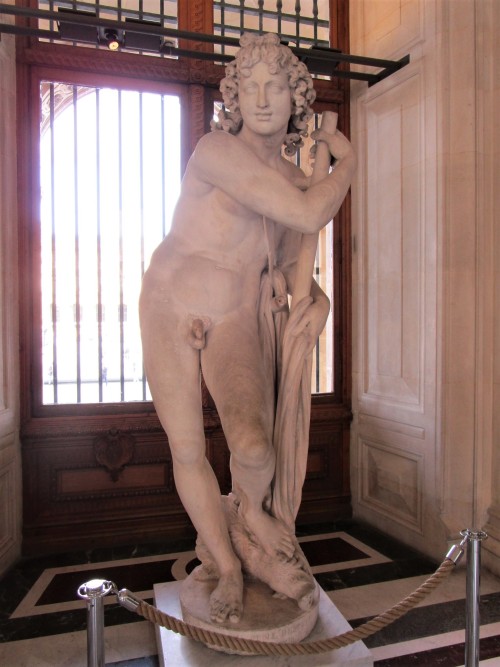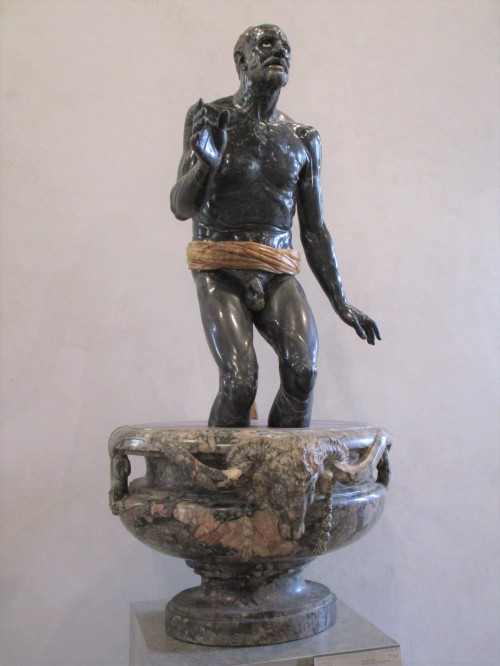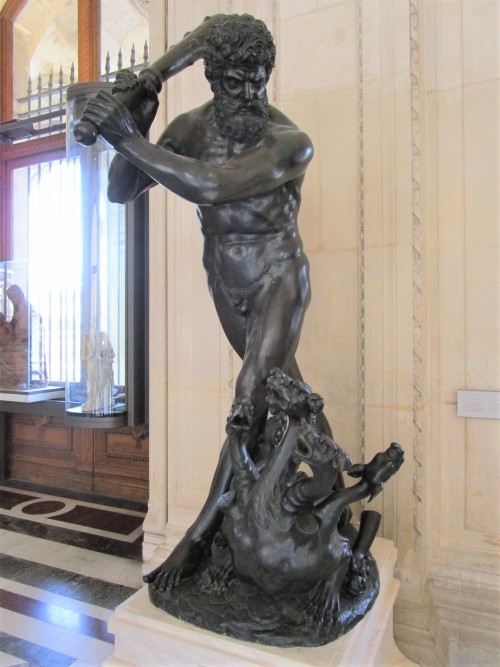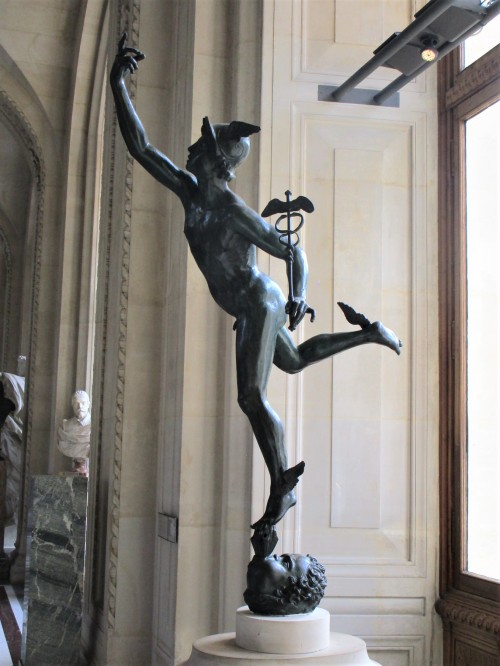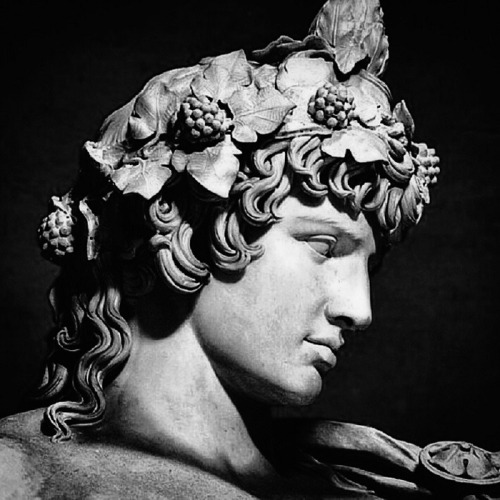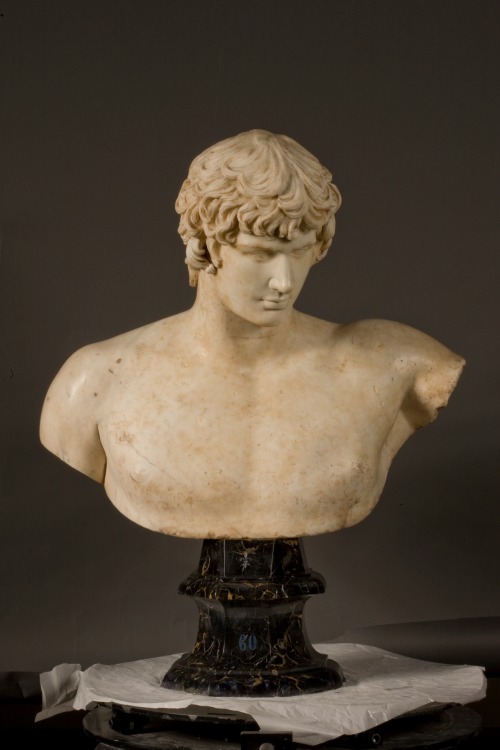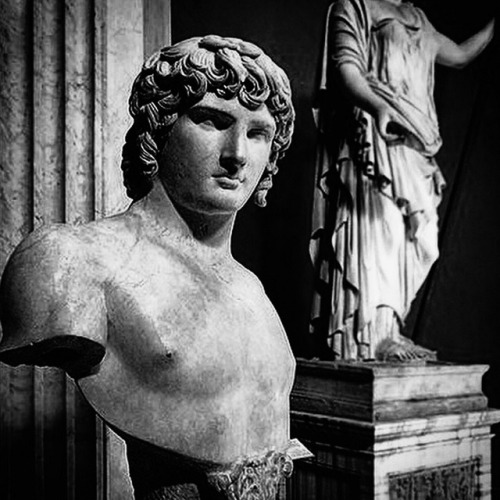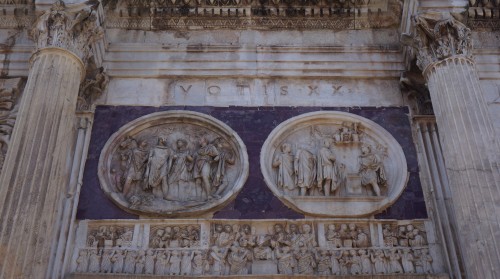#antinous
☆ Roman bust, 130–138 CE – Antinous, the royal companion and lover of Roman emperor Hadrian, depicted wearing the headdress of an Egyptian pharaoh. After Antinous drowned in the river Nile in 130 CE, Hadrian deified him and erected sculptures of him across the Roman Empire. | Art Institute of Chicago, USA ☆
Post link
Detail of a colossal statue of Antinous as Dionysos Osiris, marble, Roman, Vatican Museums, Rome, Italy.
Post link
9.11.21
Antinous, lover of Hadrian, is an absolute legend. I am in awe of how people react to him. He now has a cult so…

The Braschi Antinous
Antinous portrayed with the symbols of Dionysus and Osiris.
- Vatican Museums, Sala Rotonda.


Antinous
“Turn him into stars and form a constellation in his image.
His face will make the heavens so beautiful that the world will fall in love with the night and forget about the garish sun.”


Antinous as Vertumnus
Found in Ostia in the late 1700s. Now in the Vatican Museums, Rome.

Head of Antinous
Discovered in 1878 in Cairo. Date: AD 130-138.
Pergamon Museum, Berlin.

Antinous
Roman marble. Early 2nd century CE.
Pergamon Museum, Berlin.

Colossal Bust of Antinous
Marble, 130s CE. From Hadrian’s Villa.
Pius-Clementine Museum, Vatican.


Statue of Antinous
Antinous represented as a Dionysiac figure. From the Via Modena, 1881.
- Centrale Montemartini, Rome.

Lansdowne Antinous
Marble bust of Antinous portrayed as Dionysus, found at Hadrian’s Villa in 1769.
- Fitzwilliam Museum, Cambridge.


Bas-relief of Antinous as Vertumnus
In Roman mythology, Vertumnus [ˈWɛrtʊmnʊs]; is the god of seasons.
Found at Villa Albani in 1767 by Joachim Winckelmann.
Detail of a colossal statue of Antinous as Dionysos Osiris, marble, Roman, Vatican Museums, Rome, Italy.
Post link
Statue of Antinous as Dionysos ( aka The Antinous Braschi), Vatican Museum, Sala Rotonda.
This colossal sculpture (3.5 meters) was found in excavations in 1792-1793 in an area presumed to have been the villa of Hadrian at Praeneste. This statue showing Antinous as Dionysus dates from the years immediately following his death. When the cult of Antinous was denounced and the Christian iconoclasts were smashing the images of the pagan gods, the devotees of Antinous gently laid down and covered the statue so that when it was found scarcely any of its extremities were damaged.
Post link
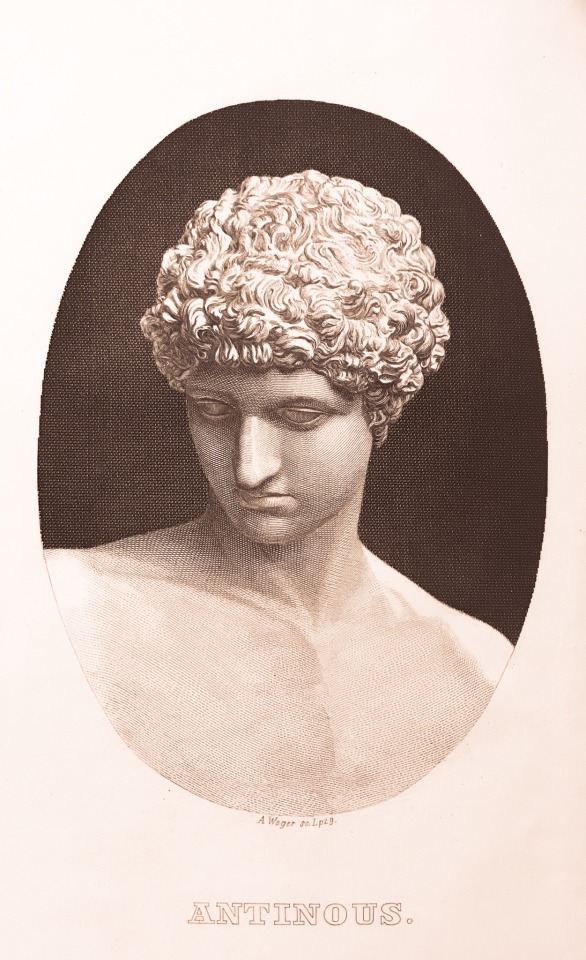
Depiction of Antinous by A. Wager from fifth edition (1884) of George Taylor’s “Antinous”
Beautiful tondos, portraying episodes from Hadrian’s life. On the left is the famous lion hunt scene, on which Hadrian took Antinous. Sadly vandalised by someone(and yes, I look at you, Constantine). Hadrian’s head was cut and changed to Constantine’s. Now can be seen on the Arch of Constantine in Rome.
Post link

Also available as a postcard :) Visit here!

